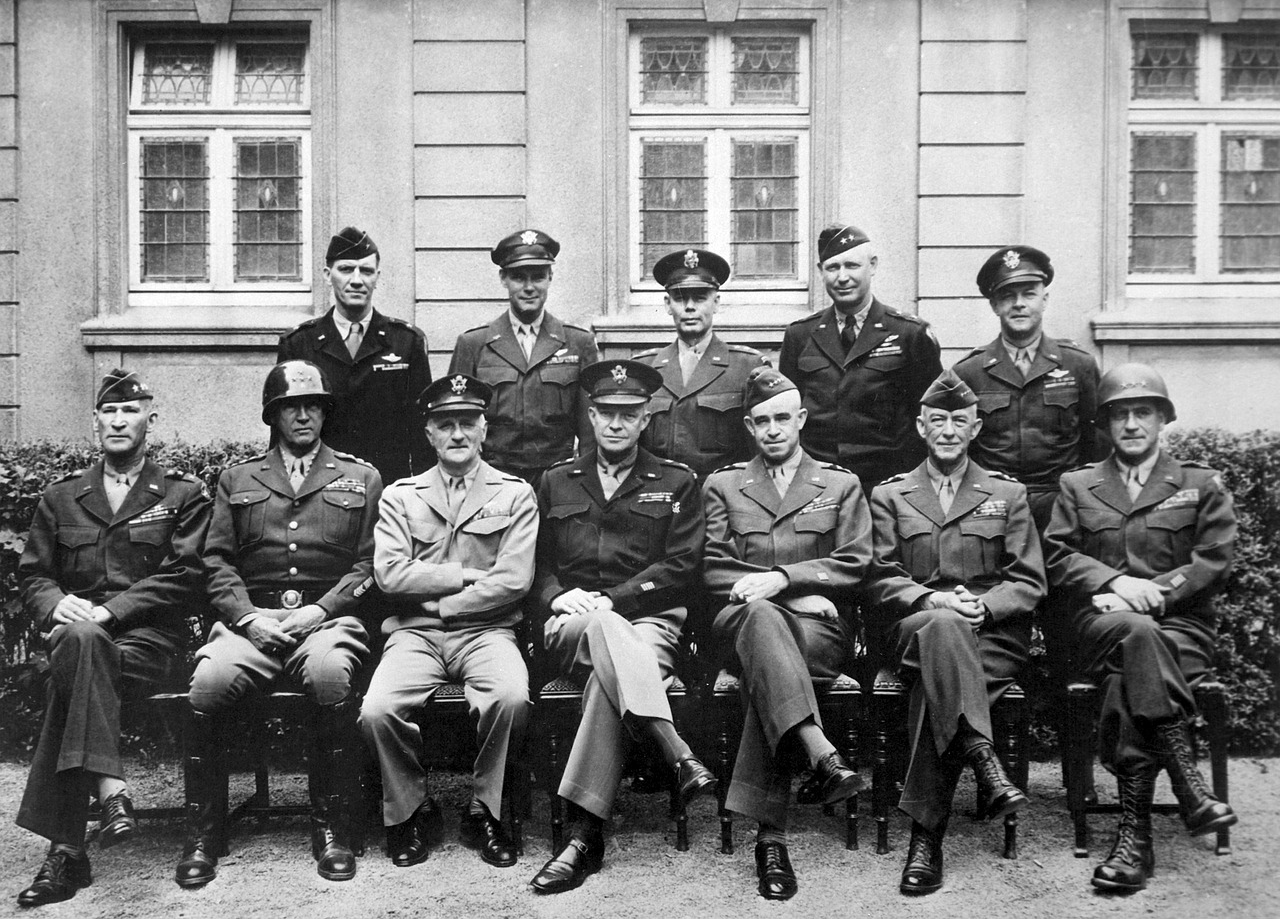Unit 8: Buildup and Events of World War II (1930-1945) Overview
Unit 8: Buildup and Events of World War II (1930-1945)

Unit 8: Buildup and Events of World War II (1930-1945)

Unit 8: Buildup and Events of World War II (1930-1945)
This unit emphasizes the events leading to the outbreak of World War II, the key battles, and turning points that helped the Allies defeat the Axis powers.
The instability created in Europe by the First World War (1914-18) set the stage for another international conflict–World War II–which broke out two decades later and would prove even more devastating. Rising to power in an economically and politically unstable Germany, Adolf Hitler and his National Socialist (Nazi Party) rearmed the nation and signed strategic treaties with Italy and Japan to further his ambitions of world domination. Hitler’s invasion of Poland in September 1939 drove Great Britain and France to declare war on Germany, and World War II had begun. Over the next six years, the conflict would take more lives and destroy more land and property around the globe than any previous war. Among the estimated 45-60 million people killed were 6 million Jews murdered in Nazi concentration camps as part of Hitler’s diabolical “Final Solution,” now known as the Holocaust.
Leading up to World War II
The devastation of the Great War (as World War I was known at the time) had greatly destabilized Europe, and in many respects World War II grew out of issues left unresolved by that earlier conflict. In particular, political and economic instability in Germany, and lingering resentment over the harsh terms imposed by the Versailles Treaty, fueled the rise to power of Adolf Hitler and his National Socialist (Nazi) Party.
After becoming Reich Chancellor in 1933, Hitler swiftly consolidated power, anointing himself Führer (supreme leader) in 1934. Obsessed with the idea of the superiority of the “pure” German race, which he called “Aryan,” Hitler believed that war was the only way to gain the necessary “Lebensraum,” or living space, for that race to expand. In the mid-1930s, he began the rearmament of Germany, secretly and in violation of the Versailles Treaty. After signing alliances with Italy and Japan against the Soviet Union, Hitler sent troops to occupy Austria in 1938 and the following year annexed Czechoslovakia. Hitler’s open aggression went unchecked, as the United States and Soviet Union were concentrated on internal politics at the time, and neither France nor Britain (the two other nations most devastated by the Great War) were eager for confrontation.
Unit Focus
- steps by which Fascist aggression eventually led to World War II
- incidents that led to World War II
- reasons why Stalin signed a nonaggression pact with Germany
- entry of the United States and the Soviet Union into the war
- Germany’s invasion of the Soviet Union
- steps that led to war between Japan and the United States
- major offensives and battles that led to Allied victory in Europe
- strategy used by the United States to defeat Japan
Vocabulary
Lesson Reading
Videos and Interactives (Click on Images to View Content)

